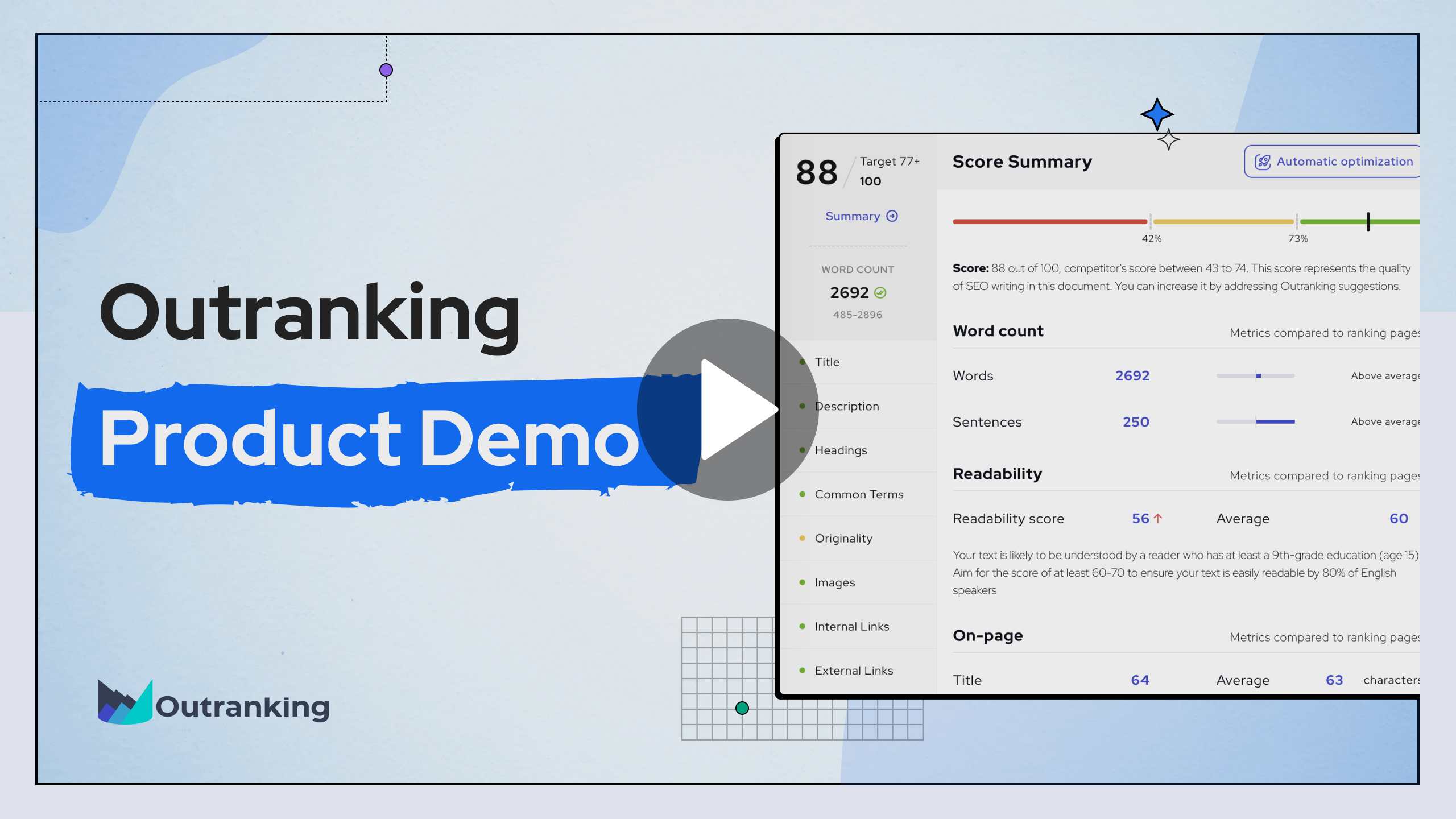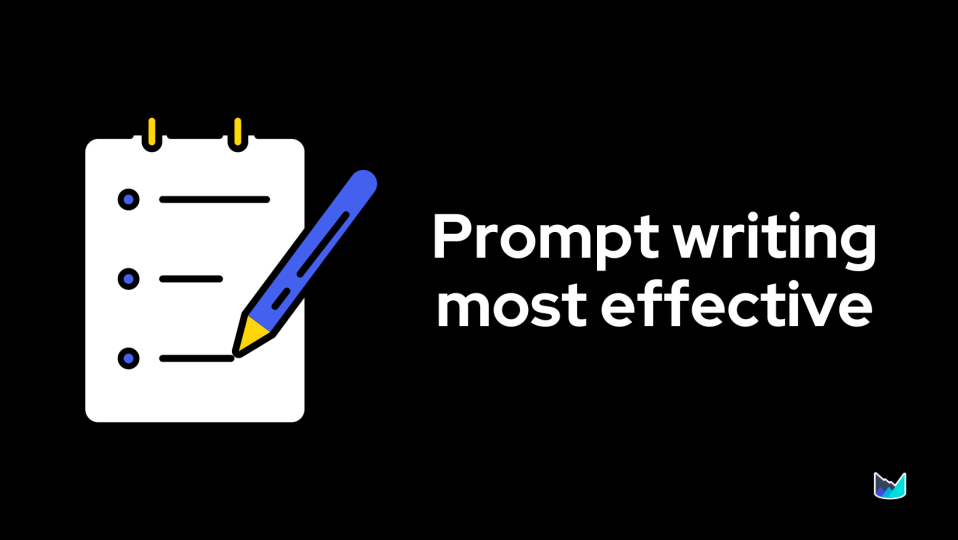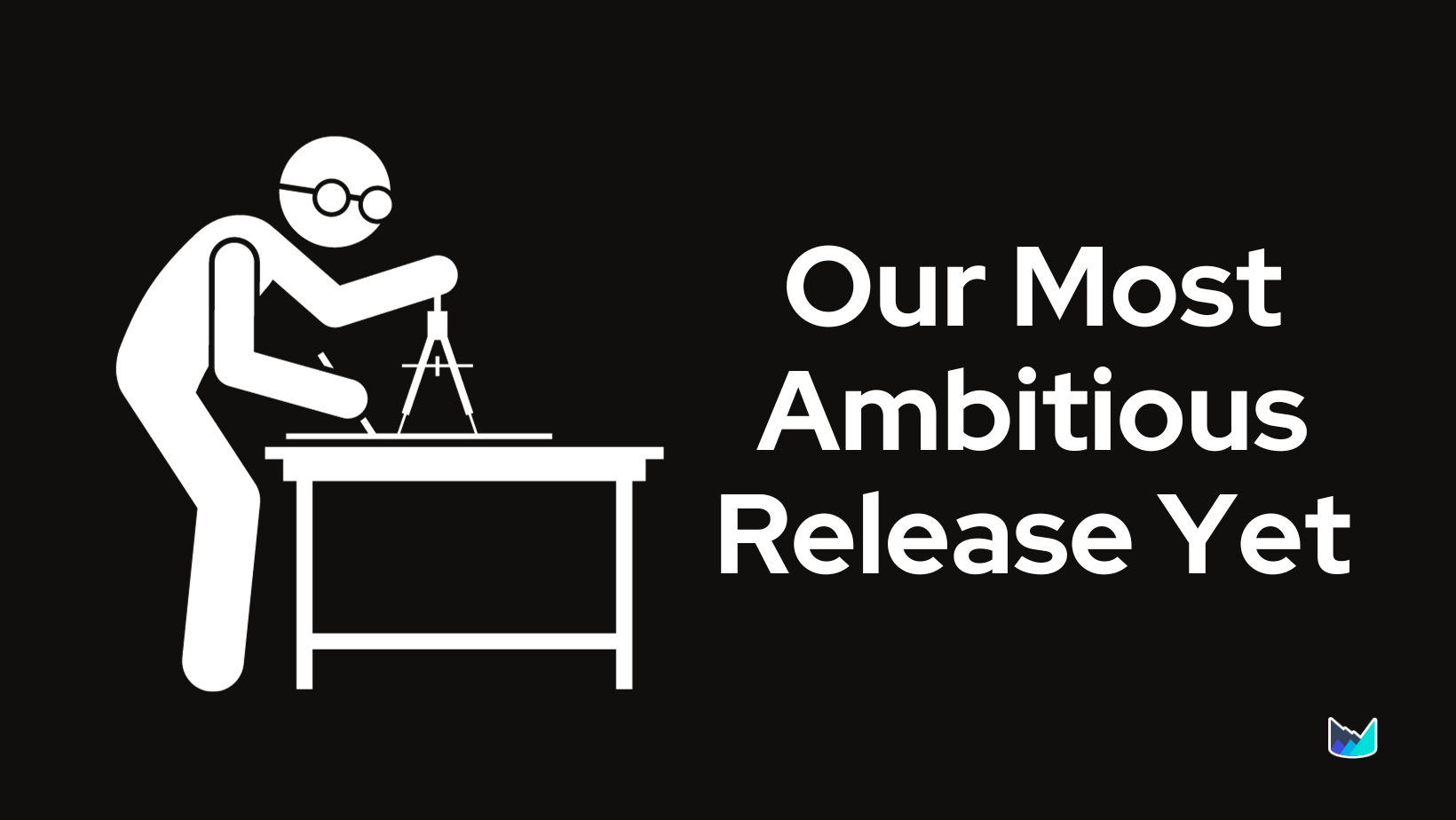- Product
- SEO Content Editor
- SEO Content Strategy
- Content Optimization
- Content Briefs
- AI Assisted Writing
- Keywords Clustering
Preview a demo walkthrough
Outranking the competition with our cutting-edge SEO strategies.

- Pricing
- Resources
- Sign In
- Get Started

Table of Contents
Table of Contents
What is a writing prompt or prompt writing?
A prompt is a set of instructions written conversationally to the AI to generate the desired response.
For example:
- Write five title ideas under 60 characters about how to bake a ginger apple pie.
- Write an outline for a blog about the ginger apple pie recipe.
- Write an intro for a blog about the top 20 things to see in Madrid.
- Write the pros and cons of Mailchimp
- Write a definition of waterfall task management
- Write an argument for why the authenticity of your content is more important than ever with the rise of AI.
These are some very basic prompt examples, and they work great for creative ideation, but you will often have to pair them with data and best practices. We will see some more complex examples of these as we go on.
What is a generic prompt?
The above examples are all generic prompts. They need to be more specific. I will explain why.
Suppose you only gave instructions to a human to write an intro for a blog about 20 things to see in Madrid. In that case, the chances are that they can funnily write an intro, in a serious way, with facts, without keywords, and the possibilities are endless.
If you gave human instructions to write an intro in an enthusiastic traveler’s voice that leads to the first section about the types of attractions in Madrid, you would be giving more precise instructions. Hence, the chance that the writer meets your requirements increases significantly.
Similarly, AI is no different. The more you give, the more you get.
When is prompt writing most effective?
Prompt writing is the most effective when the instructions are very specific and the AI after reading does not have to do any guesswork on how to present you with the answer to your instructions.
First example: “Write the types of temporary housing facilities”
The above prompt can be written in a paragraph, bullet list, numbered list, or expanded list. It could also include examples.
Without explicitly telling the AI to give you an expanded ordered list, it will guess and can give you any of the above output types listed.
“Write the types of temporary housing facilities in an expanded ordered list and provide an example for each type of housing” will generate far better and more personalized output than the generic example above.
Second example: “Write why Mont Blanc is one of the best hikes in Europe?”
The above prompt can write an argumentation to support your question. But it will not include directions, the best time to visit, spatial information, and other things to write.
Better prompt: “Write why Mont Blanc is one of the best hikes in Europe in form of argumentation. Then write how to get to the hike from France, spatial information of the hike in the form of an unordered list, and the best time to hike.”
How is Outranking Prompt different from the ChatGPT prompt?
Outranking and ChatGPT prompts are very different. Not how they are structured but how they are written.
| Capabilities | Outranking | ChatGPT |
| Can research the web | Yes | No |
| Can incorporate ideas from multiple sources (as many as 12) | Yes | No |
| Provide source information | Yes | No |
| Can read previously typed text | No | Yes |
| Conversational input format | Yes | Yes |
Outranking isn’t for creative ideation whereas ChatGPT is.
Outranking is connected to the internet and only writes the prompt after doing background research and finding facts and information, scouting 100s of pages before writing the instructions.
ChatGPT is not connected to the internet and can write based on the inputs you manually added or using its own brain.
This makes Outranking ideal for researched writing information that needs depth and details.
What background data is used when generating prompts?
Outranking reads through all the ranking pages(20) for a given search query. It can also read up to 100 URLs. These URLs can be auto-collected based on your inputs or can be manually added.
How is background information collected?
Background information is collected after performing a semantic search of the main subject in every prompt you execute. It then sources information from as many as 12 pages and creates background research. This research serves as the source data for Outrankings’s AI to follow your instructions.
How to use Prompt writing in Outranking?
Every prompt must start with a “>”, a forward arrow. This is how Outranking knows what you want to execute.
- As part of the workflow
To use “Writing with prompts” enable the setting from workflow by clicking on the gear icon in the workflow panel. - From the editor
a. Single prompts
Type the prompt and click on the Run prompt icon at the bottom of the editor.
b. Multiple prompts
Type multiple prompts in the editor and click the Run prompt icon at the bottom of the editor.
Types of prompts you can use in SEO writing
- Title generation
- Description generation
- Outline generation
- Intro writing
- Pros and cons of writing
- Writing ordered and unordered lists
- Writing argumentation
- Writing process analysis
- Service or product descriptions
- Writing features and descriptions
- Paragraphs with roadmaps
- Writing comparisons
- Writing spreadsheets and tables
- Writing with roadmap
Prompt Examples
The AI likes writing around questions or sets of precise instructions. To get more specific output, design a question or writing prompt that clearly states what you need the AI to do.
Product prompts
- Write 20 pros of product ABC and explain each pro in detail to a person XYZ.
- Write a list of features and their description for ABC in the form of a spreadsheet with two columns separated by “|”. Also, write the pricing.
Steps
- Write a process analysis of How to do XYZ in the form of an ordered list. Also, provide expert tips on how not to mess up.
- Write a 5 step process to do [something] and elaborate on each step with three sentences.
Comparison
- Write a table of comparison of A and B. Compare (a, b, c, d, e) features. The table must consist of three columns(Features, A and B) separated by “|”.
- Write compare and contrast between [product A] and [product B] and provide a use case for when one would be better than the other.
Definition
- Write what [something] is in the form of a definition, then provide an explanation and give three examples.
- Write the definition of [something] in two to three sentences. Provide some statistics and use cases of [something].
Travel
- Write why [place] is the best place for [something]. Provide directions to get there, a list of all the attractions to see, along with how much time to spend per attraction. Lastly, write three expert tips on the best time to visit.
- Write the list of 10 attractions when visiting [place] along with how much time to spend per attraction. Then write tips on how to make the best out of the visit. Also, write some common issues visitors run into and what can you do to avoid them.
Service page
- Write the service description of [product] offered by [company]. Then write an unordered list of three key benefits of using [product] for [company].
- Write an unordered list of five emotional benefits of using [company] for [service] and explain each benefit in one sentence.
Tone
- Write a comprehensive explanation for why you should do ABC in an XYZ tone and UK English.
- Write the Pros of ABC with an explanation of each pro in a very ABC tone. Similarly, write the Cons of ABC with an explanation for each con but in a neutral tone.
Advanced prompt ideas
- Write why Mont Blanc is one of the best hikes in Europe in the form of an argumentation and a depiction of what the hike is visually like. Then write how to get to the hike from France. Finally, write spatial characteristics(Elevation, Length, Time, Difficulty, Things to see, Idea for, Best time) and its description in the form of a spreadsheet with two columns separated by “|”. Write all the above details in a very energetic and positive tone.
- Write why social media marketing is great for generating leads and boosting conversions in the form of argumentation with evidence. Then write an unordered list of three ways to generate leads and boost conversion via social media. Lastly, write an unordered list of three expert tips to help with generating leads and boosting conversions using social media.
- Write a compare and contrast type explanation of the differences between HubSpot and Mailchimp’s campaign features. Then write a comparison between HubSpot and Mailchimp’s campaign features in the form of a spreadsheet with columns separated by “|.” The first column lists the particular feature, the second column explains how HubSpot does it, and the last column explains how Mailchimp does it. Lastly, assign a score for the Campaigns feature to Hubspot and Mailchimp.



